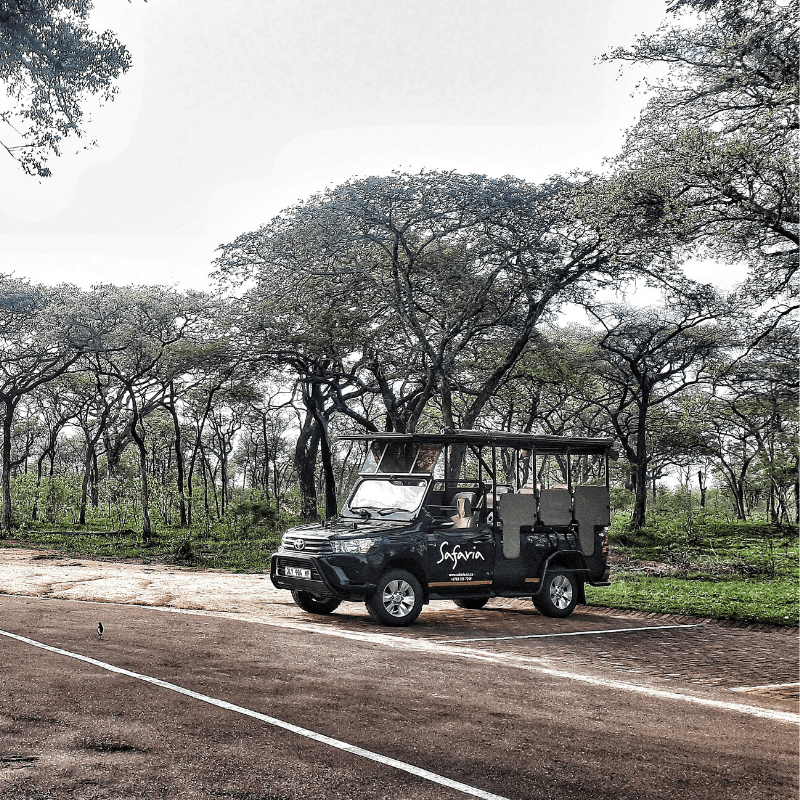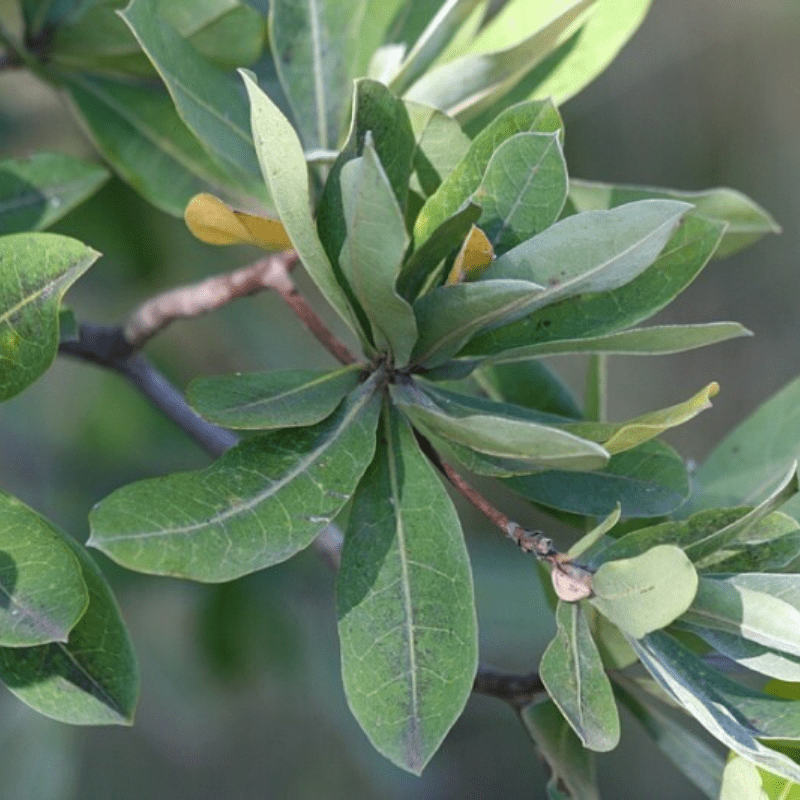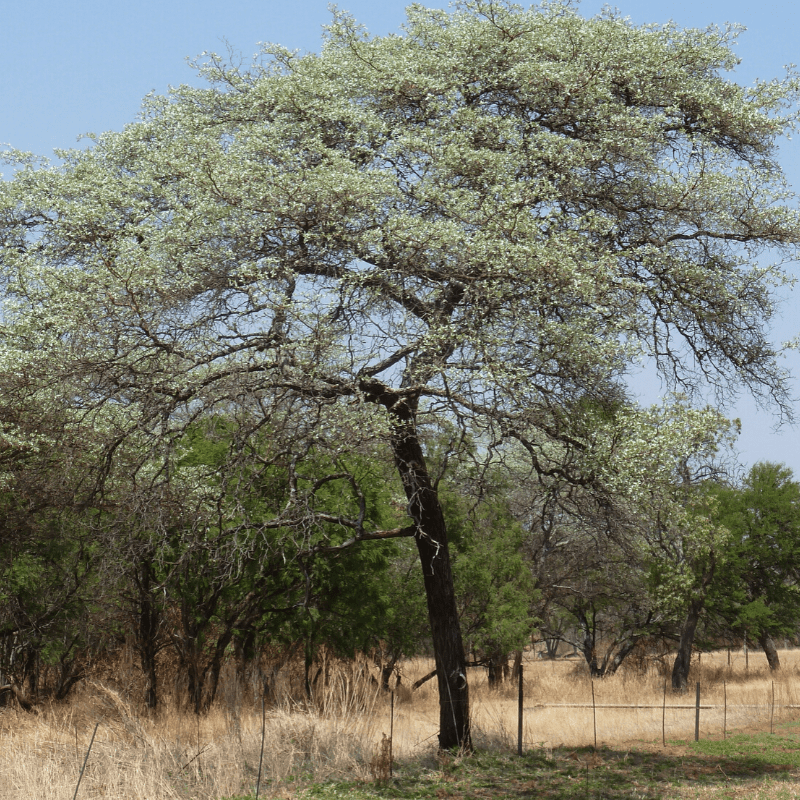Silver Cluster-Leaf Tree
(Terminalia sirecea)
Family: Combretaceae
Common names: mususu (Venda); silver cluster-leaf or silver terminalia (Eng.); vaalboom (Afr.)
SA Tree No: 551
Description
Terminalia sericea has reddish-brown branches. The leaves are crowded at the ends of branches, narrowly obovate-elliptic with smooth margins, blue-green above, paler below, densely covered in silvery hairs. It flowers mostly in September-January. The flowers are in axillary spikes and are pale yellow to creamy white. The fruit is an oval nut surrounded by a flat wing. The fruits are often parasitized and form deformed masses of thin round galls.
Derivation of name and historical aspects
The name Terminalia was given from the Latin terminus referring to the leaves appearing at the very tips of the shoots. The specific Latin epithet sericea, meaning silky, refers to the dense silky hairs on the leaves of the species.
Ecology
Silver cluster-leaf is a deciduous tree of the Combretaceae family that occurs in tropical and sub-tropical regions and on the plateau. They grow almost invariably on sandy soil and may be dominant in open woodlands. In the areas where they occur they often colonize open areas such as cutlines and fire breaks or areas opened by timber harvesting. Silver cluster-leaf has a tendency to form thickets and to produce a very large biomass.
Uses
Terminalia sericea is important in traditional medicine. The leaves and roots are boiled in water and the infusion is taken orally for the treatment of coughs, diarrhoea and stomach ache. The leaves can be used as an antibiotic for wounds. In the case of bleeding, a paste can be made by cooking the leaves in water and placing them on the wounds.
The wood is used as a source of energy for cooking and boiling water, for constructing huts, for fencing material and for solid structures.








